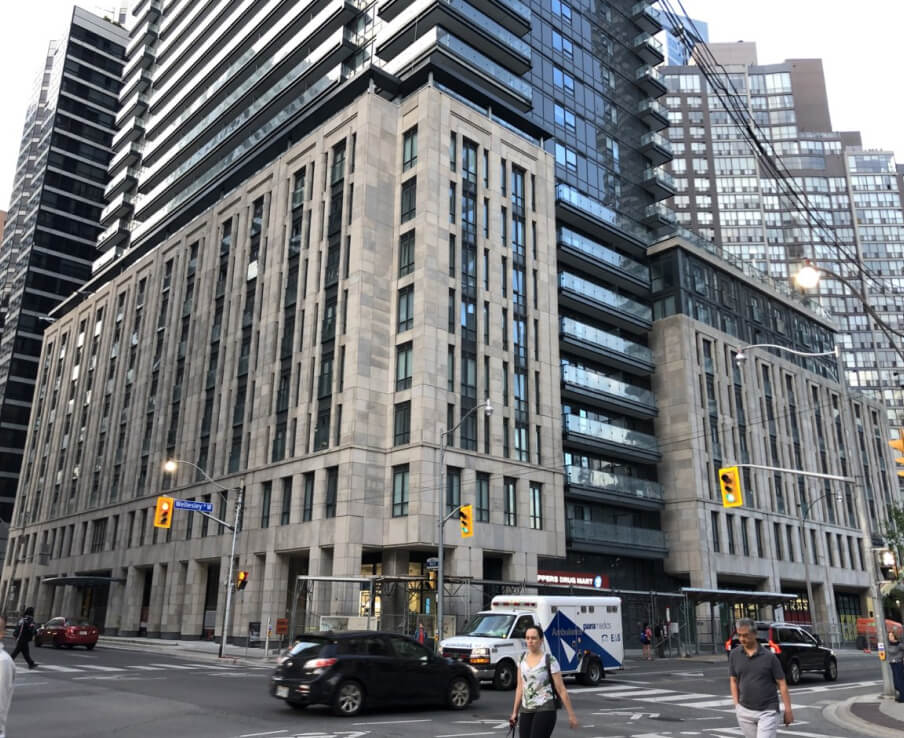+1 416 891-91-20
Telephone
+1 416 876-44-19
+1 416 891-91-20
+1 416 891-91-20
FAX
+1 416 665-37-11
email
corescancanada@gmail.com
adress
127 Limestone Cres. Toronto ON M3J 2R1




